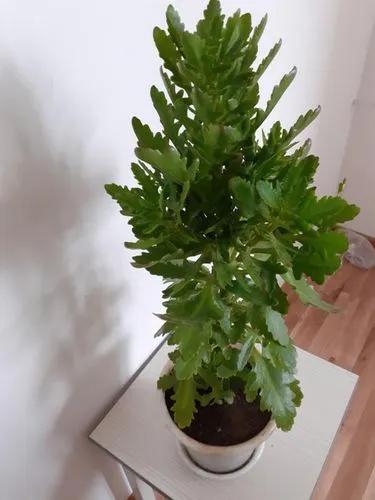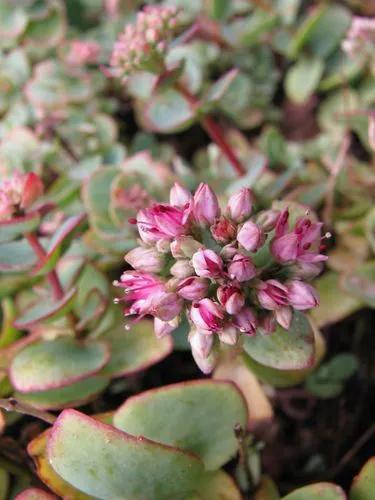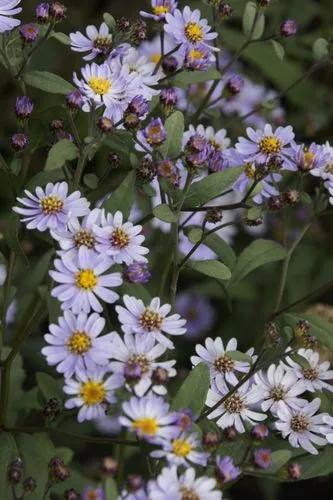Perennial (7-8 years) plant of the legume family. Plant height 80-150 cm, numerous stems (up to 20-30 per plant). The root system is pivotal, penetrates to a depth of 2-3 m (which gives the value of use as a green manure). The leaves are trifoliate, oblong, ovate, pubescent below. The inflorescences of alfalfa are a raceme on a strong peduncle, the corolla is blue. The seeds are a pod covered with a thick shell.
Medicago Doliata Care
Medicago doliata



This honey plant is drought-resistant, frost-resistant. Seeds begin to germinate at 2-3C, optimally 18-20C, and the seedlings tolerate frosts down to -3 ... -5C. When the temperature drops during flowering, the seed productivity of alfalfa decreases. It does not tolerate the proximity of groundwater, but it can withstand flooding by hollow waters for up to 20-25 days (alfalfa grows late in spring).Yellow alfalfa grows on chernozems, chestnut, calcareous soils. The best soils are neutral, slightly acidic, loose, fertile (does not tolerate acidic and waterlogged soils). Alfalfa lives in dry meadows, grassy slopes, talus, river valleys, and pastures. Alfalfa propagates by seeds and vegetatively by dividing the bush into parts and cutting young shoots.
This plant is useful.
Discover more plants with the list below
Popular articles






